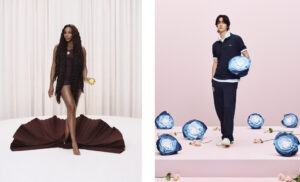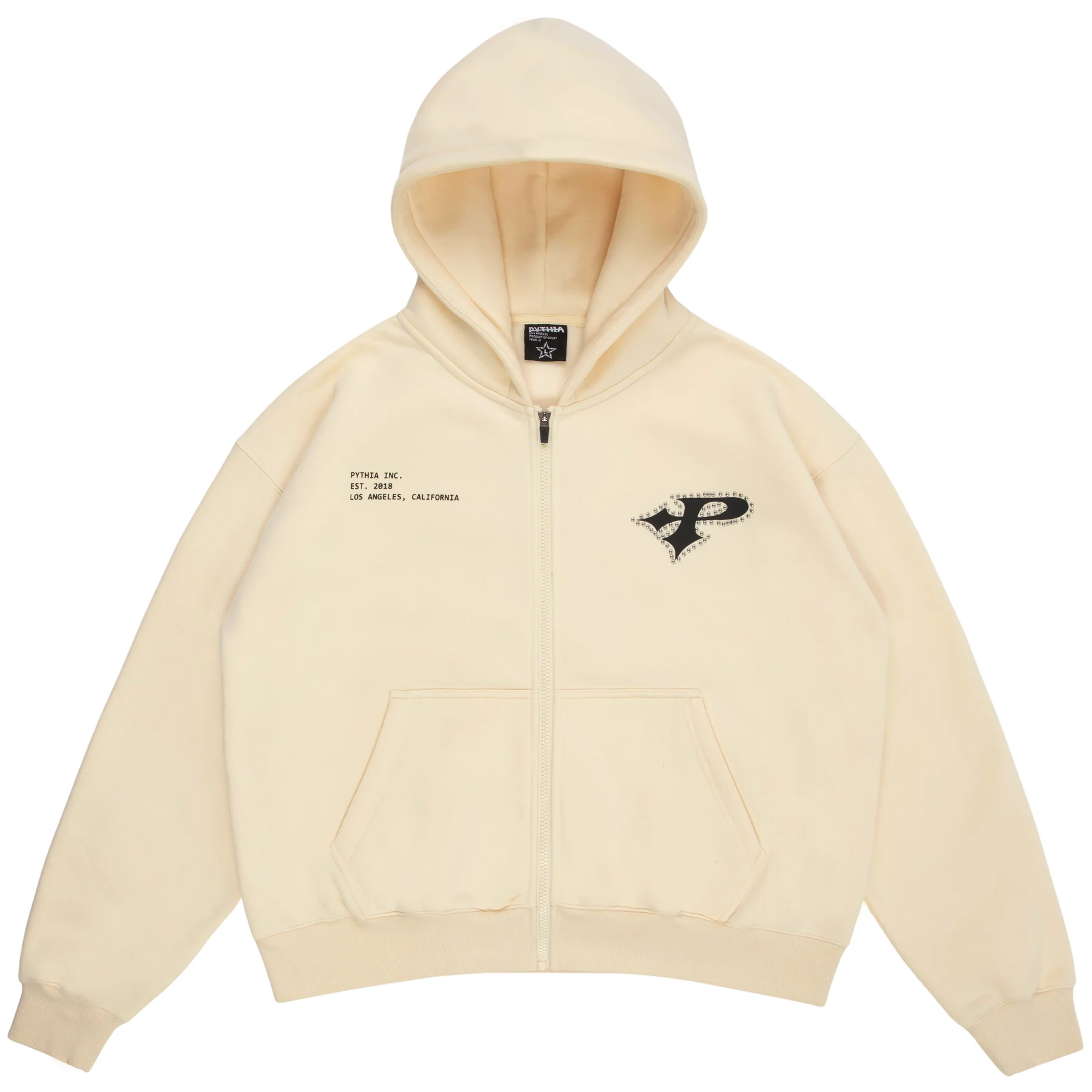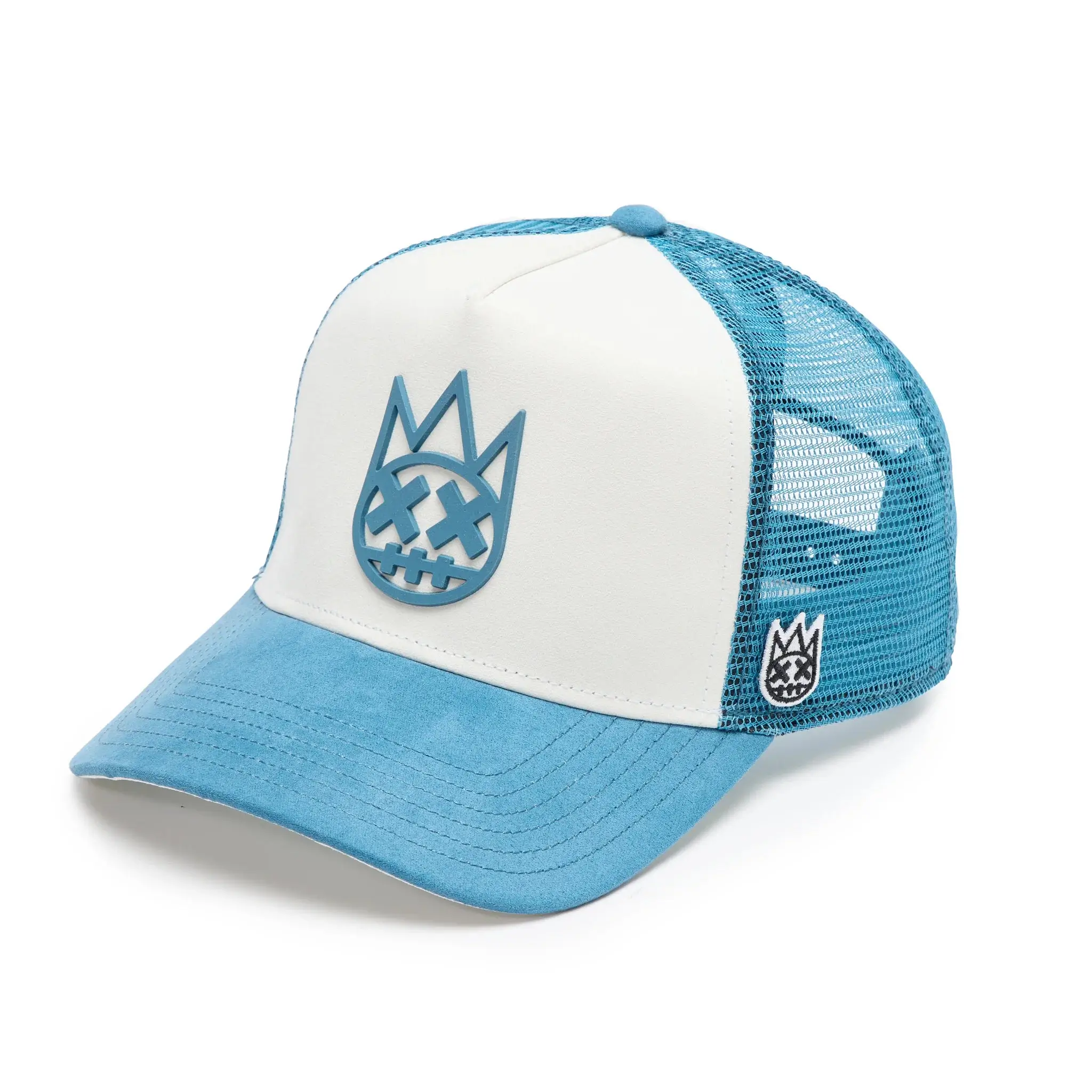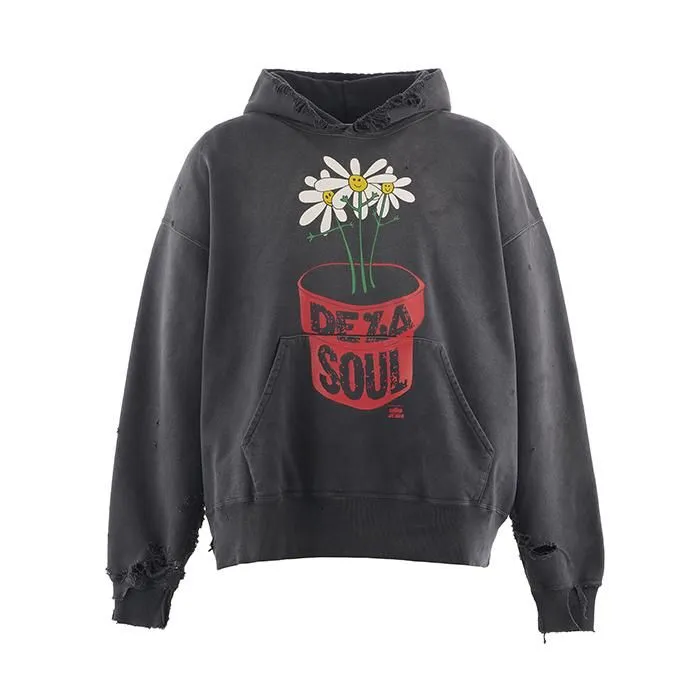Tennis is not just a game. It’s an atmosphere, an aesthetic, and, perhaps most notably for Lacoste, a lineage. In the brand’s 2025 summer campaign, titled “Play With Icons,” that lineage is explored, reimagined, and brought to life with a vivid synthesis of sportsmanship, fashion, and mythmaking. It’s not just tennis season—it’s Lacoste season, and the Maison has come to play.
Following 2024’s “Play Big” initiative, which introduced a more flamboyant and assertive chapter in the house’s contemporary evolution, Play With Icons distills that energy into something both intimate and monumental. Shot by Tyler Mitchell, the campaign brings together an elite constellation of cultural and athletic heavyweights—Venus Williams, Novak Djokovic, Adèle Exarchopoulos, Pierre Niney, and Wang Yibo—each serving as both muse and metaphor in what Lacoste calls its “Modern Myths.” This isn’t just advertising—it’s a stylized portrait of personal greatness, athletic symbolism, and brand reinvention.
The Myth Rewritten: Venus, Novak, and the Pantheon of Performance
The Play With Icons campaign operates like a living tapestry—where the sport’s greats are cast as timeless archetypes in a visual narrative about legacy and ambition. The language is fashion, but the grammar is undeniably classical.
Venus Williams, positioned as The Legend, is no stranger to embodying athletic history. Yet in Lacoste’s framing, she is more than a champion—she’s a mythologized force, transcending scores and statistics. Her stance is proud, timeless, imbued with a commanding elegance that only decades of athletic grace can bestow. Novak Djokovic, meanwhile, steps into the role of The King of Court, and the imagery is nothing short of regal. Draped in a tennis net like a cape, he wears Lacoste’s signature white polo like a knight’s armor—effortless, noble, and unquestionably dominant.
But these aren’t just portraits; they are modern totems. By surrounding these icons with symbolic artifacts—pleated skirts reimagined as handbags, caps styled like crowns, courtside benches used like thrones—Lacoste carves out a universe where every prop holds meaning. It’s storytelling by design. Every image is a chapter. Every product is a relic.
The Set as Stage: Tyler Mitchell’s Pastel Reverie
A key decision in the campaign’s visual success lies in the collaboration with Tyler Mitchell, whose photography style blends emotional intimacy with high-concept color theory. Mitchell’s past work, from Beyoncé’s Vogue cover to conceptual installations at Gagosian, demonstrates an instinct for the emotional register of fame—and here, he’s applied that instinct to fashion myth-making with precision.
The set design balances sun-faded pastels and athletic whites with neutral tennis-court textures—greens, blues, clay-tone yellows—effectively grounding the campaign in Lacoste’s heritage while giving it a distinctly editorial polish. The colors don’t shout; they glow, like they’ve been warmed by time and repetition. The effect? Timelessness, with a twist of summer heat.
But what’s most striking is how Mitchell renders icons approachable. Novak doesn’t scowl in mid-swing. Venus isn’t frozen mid-serve. Instead, they appear at ease—comfortable in their legacy, styled in quiet confidence. It’s a type of post-victory poise that Lacoste is cleverly aligning with its clothes: stylish but unforced, elevated yet everyday.
Fashioned Mythology: The Garments as Symbols
At the center of Play With Icons is a reassertion of Lacoste’s design DNA—not through reinvention, but through reframing. The classic polo shirt, first introduced in 1933 by René Lacoste himself, is given new vitality not through embellishment, but context. It becomes a blank canvas for the identity of each wearer: a tool for expression rather than just an item of clothing.
The Lenglen Bag, named in homage to 1920s tennis icon Suzanne Lenglen, makes a visual appearance on Adèle Exarchopoulos, worn at the hip like a pleated skirt. It’s a prime example of Lacoste’s playful engineering—an accessory transformed into narrative. Likewise, the iconic crocodile isn’t just a logo—it appears stretched, hidden, or stylized in unexpected placements, like an echo rather than a shout.
This isn’t performancewear in the traditional, moisture-wicking, race-ready sense. Instead, it’s symbolic performancewear—meant to gesture toward activity, not be consumed by it. The clothing flirts with tradition, borrowing pleats, collars, and technical finishes, but it also liberates itself from the court. It’s tennis as memory, not match.
A Global Roster: Crossing Borders, Styles, and Disciplines
One of the most compelling aspects of the campaign is its cross-disciplinary casting. Beyond Venus and Novak, Play With Icons features a spectrum of talent representing cinema, music, and cultural diplomacy. Each icon contributes not just star power but symbolic nuance.
Adèle Exarchopoulos, best known for her bold roles in French cinema, brings a moody elegance. In her scenes, the clothing reads like costume—quietly theatrical, full of character. Pierre Niney, equally a master of poise and paradox, channels the essence of “The Artist,” suggesting a Lacoste wearer who is not merely athletic or stylish, but philosophical in their presence.
Then there’s Wang Yibo, Chinese megastar and dance virtuoso, who electrifies the campaign with a youth-culture voltage. In a single frame, he embodies global cool—the bridge between heritage and digital fluency. He’s not just modeling a jacket; he’s modeling Lacoste’s expansion into a new kind of relevance.
Sport as Language, Fashion as Arena
What Lacoste does best in this campaign is tether fashion back to the idea of athletic grace, not through sweat or grit, but through posture, ease, and internal strength. By treating sport as a language of the body, and fashion as the arena in which that language is performed, Play With Icons becomes a model of experiential branding.
There is ambition here—not just of form, but of feeling. You’re not just being asked to admire Venus or Novak or Adèle—you’re invited to participate in their orbit, to try on their poise, their purpose, their silent velocity. It’s aspirational, yes—but also achievable. And that’s Lacoste’s bet: that its customers want more than performance, they want presence.
The Campaign as Cultural Artifact
Play With Icons marks more than a seasonal pivot. It suggests a strategic inflection point for Lacoste. Long tethered to its identity as a heritage sportswear brand, the label is increasingly stepping into the space occupied by high-fashion houses that trade in storytelling, art direction, and cultural resonance.
This campaign is part cinematic tableau, part fashion editorial, and part sociological blueprint. It reflects a world in which the lines between disciplines blur—where athletes act, musicians design, and fashion serves as both costume and code. Lacoste isn’t trying to escape its tennis roots—it’s digging deeper into them, extracting myth from memory, and dressing it for 2025.
Flow
In Play With Icons, Lacoste doesn’t just display its latest collection—it curates a universe in which every item carries narrative weight. The campaign’s genius lies not in the novelty of its clothes, but in the confidence of its framing. Lacoste has taken the court, the locker room, the street, and the studio, and turned them all into stages.
The result is a campaign that’s as tactile as it is aspirational. It doesn’t rely on nostalgia or tech-driven gimmicks. It relies on people—real, talented, visionary people—made iconic by their own life’s work, and given new symbolism through Lacoste’s lens.
No comments yet.









